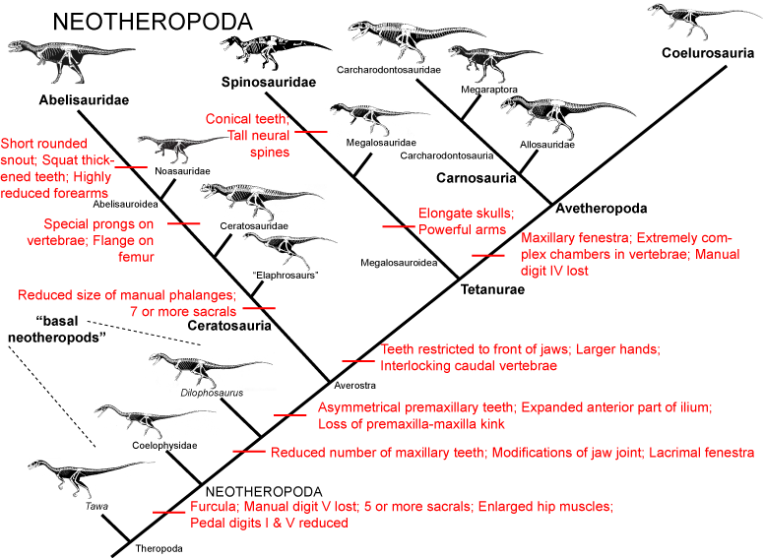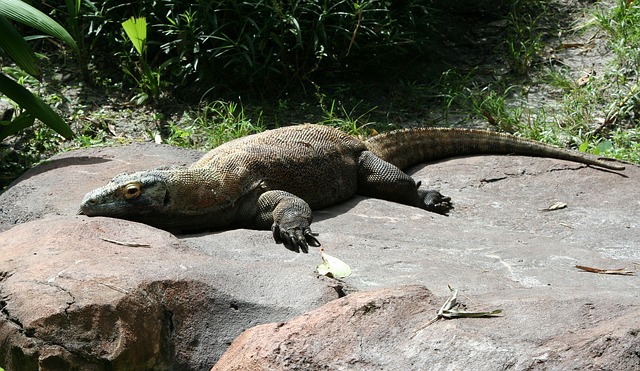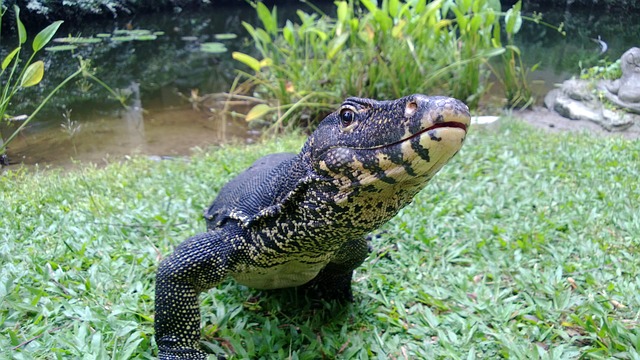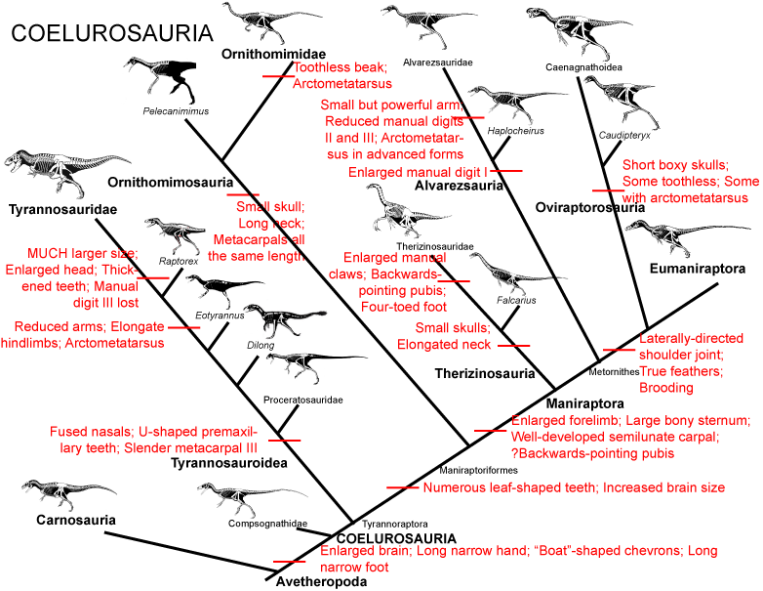Every time I turn a corner, there’s a new feathered dinosaur to join the line up of “enfluffened” critters. T-rex, Velociraptor, Gallimimus…iconic dinosaurs from movies like Jurassic Park have bonified proof of some sort of floof covering their bodies. Even the plant eaters are getting floofy with critters like Hypsolophodon and Kulindadromeous.
Don’t get me wrong, I love feathery dinosaurs, and I’m a pretty big fan of a huge, fluffy, grizzly-hawk T-rex (that’s just epic 😀 ).
But sometimes artists can take this idea a little too far. “Woolly” Arctic ceratopsians (“three-horns” & cousins), and spike-tailed stegosaurus with porcupine quills is going a bit far on the speculation even for me.
There’s a fine line between reasonable speculation, and downright fantasy.
But let’s pause for just a moment. I know that a lot of paleoart is speculative, a way of illustrating hypotheses proposed by paleontologists, but there’s also a surprising amount of stuff we do know.
What I mean to say is…
The stuff you see in paleoart is not some wild guess, and just because the critters are long dead doesn’t mean anything goes. I’ve described the process of reconstructing prehistoric critters in my blog post series, Fleshing Out the Bones. You can click this link to read more on that if you’re interested.
So how do you decide if you’ll give your dinosaur feathers or scales?

Let’s take Allosaurus and my illustrations of Alfred as an example. How do I know if he should be covered in feathers or scales?
Step 1: What’s the evidence?
Are there any fossils of skin impressions or feathers? In Alfred’s case, yes, yes there is. 😀 I don’t know if there are any published papers on this, but here’s a link that describes the preserved skin on a juvenile Allosaurus. It was discovered during preparation of the fossil.
Based on the fossil, the young Allosaurus had small scales about 2-3 mm in diameter. So tiny, pebble-like, non-overlapping scales, rather like the sort you see on gila monsters and monitor lizards.

But What if I didn’t Have Fossil Evidence? And for some, a patch of skin in one part of the body is not enough. Afterall, in some dinosaurs you get quite the mixture of feathers and scales. Compsognathus, for example, has close relatives with evidence of “full floof”, but the critter itself has scale impressions on its tail and legs.
Step 2: Look at Their Relatives.
Like we just did with Compsognathus up there, we can look at close relatives in the same family to figure out the scale/feather thing. In the case of the compy, the possibilities can get even more confusing, but let’s go back to Alfred.
If you go back to last week’s post on Theropods, you’ll see that Allosaurus is in the family Carnosauria. One rather infamous member of this group is Concavenator. It has what looks like quill knobs on its arms, which in modern birds are small bumps on the bone where ligaments for flight feathers attach.
The “quill nobs” of Concavenator are a subject of much discussion. Duane Nash has a particularly interesting interpretation over at his blog, Antediluvian Salad. I’m not a fan of how monstrous he illustrated the poor critter, since I tend to see the beauty even in Earth’s homeliest of creatures, but the article is a very interesting read, and I’d recommend you check it out. 🙂
Step 3: Where is it in the Family Tree?
Pterosaurs are about as closely related to dinosaurs as alligators and crocodiles are. Neither are dinosaurs, but they’re all in a much larger group called Archosauria.
Because of this relationship, it’s a pretty big deal if the fuzzy pycnofibers on pterosaurs are the same as the fur-like fluff on certain dinosaurs (like Compsognathus & cousins).
Why? Because it’s much simpler to assume that the great-grandmother of dinosaurs & pterosaurs had the fuzzy feathery fluff.
Much more complicated to assume that dinosaurs & pterosaurs developed the same fuzzy feathery fluff each on their own.
What’s easier? Learning with a friend from a teacher, or each of you studying on your own? Not exactly the same, I know, but I think you get my drift. 🙂
With this in mind, let’s see where Alfred is on the family tree, and how far away he is from the main branch or outlying branches.

Alfred is on the branch labeled Carnosauria. This is quite a ways away from the base of the branch, with many critters in between that are known to be scaly. So feathers from that direction are very unlikely.
Once proof of scales appears we don’t see any real evidence of feathers until we get to the branch labeled Coelurosauria.
Final Verdict: Allosaurus is More Likely to Have Scales, Based on Current Knowledge.
So what would that look like? The scales are small and non-overlapping in our sample, so let’s look at Komodo Dragons and Monitor lizards. 😀



Bonus Question: With this research, I think Alfred could use a bit of a makeover! What would you prefer to see?
- A much needed nap after chasing that butterfly
- Curious Alfred is curious
- Is that the dinner bell?
- Playtime!
Which scenario should I use to revamp his profile picture? I’d love to hear your answer in the comments! 🙂

























